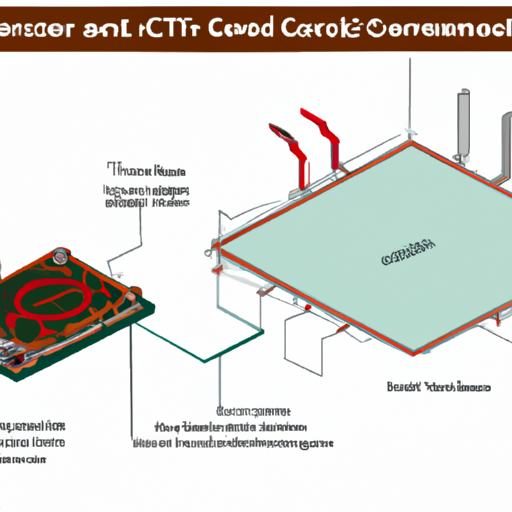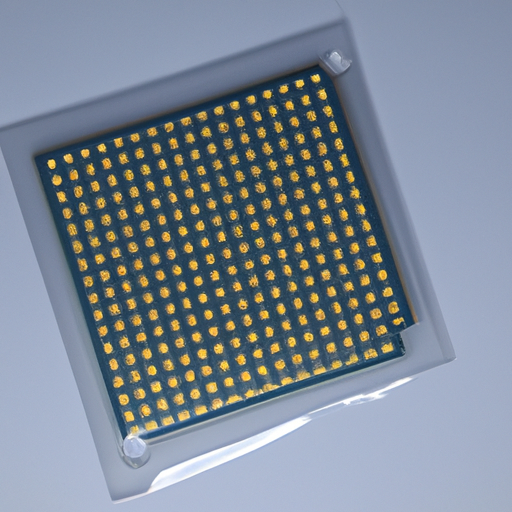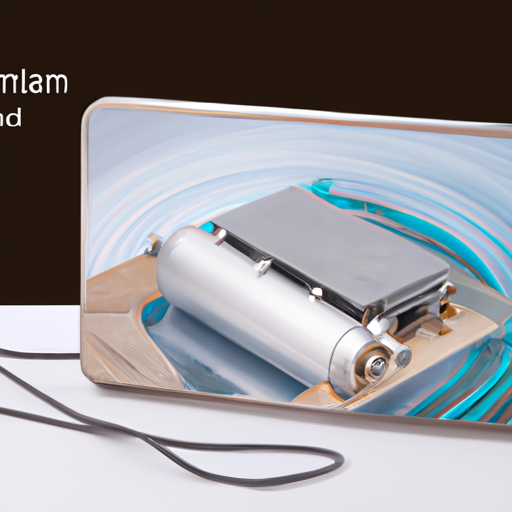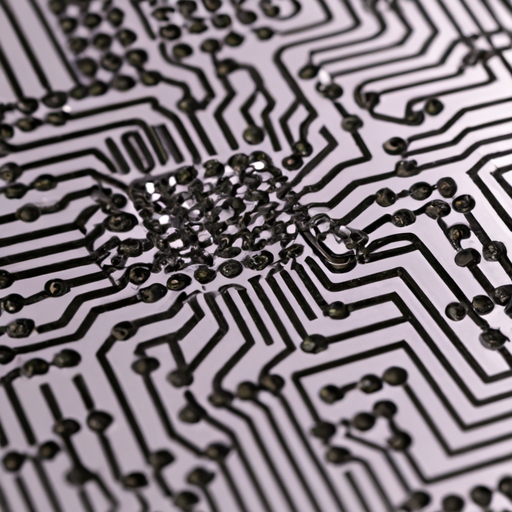How does a large scale integrated circuit work?
How Does a Large Scale Integrated Circuit Work?
I. Introduction
Large Scale Integrated Circuits (LSICs) are a cornerstone of modern electronics, enabling the miniaturization and functionality of devices that we rely on daily. Defined as circuits that integrate thousands to millions of transistors onto a single chip, LSICs have revolutionized the way we design and manufacture electronic systems. Their importance cannot be overstated; they are found in everything from smartphones to advanced automotive systems, playing a critical role in the advancement of technology and society. This article will explore the workings of LSICs, their historical context, basic concepts, structure, functionality, applications, challenges, and future trends.
II. Historical Context
The journey of integrated circuits began in the 1950s with the invention of the first transistor. Early integrated circuits were classified as small scale, containing only a few components. However, as technology progressed, the ability to integrate more components onto a single chip led to the development of large scale integrated circuits. Key milestones in this evolution include the introduction of the microprocessor in the 1970s, which marked a significant leap in computing power and paved the way for personal computers.
The impact of LSICs on technology and society has been profound. They have enabled the development of compact, efficient, and powerful electronic devices, transforming industries and everyday life. From the way we communicate to how we manage our homes and vehicles, LSICs have become integral to modern living.
III. Basic Concepts of Integrated Circuits
At its core, an integrated circuit is a set of electronic components that are fabricated onto a single piece of semiconductor material, typically silicon. The primary components of an integrated circuit include transistors, resistors, and capacitors. Transistors act as switches or amplifiers, resistors control the flow of current, and capacitors store electrical energy.
Integrated circuits can be categorized into different types. Analog circuits process continuous signals, while digital circuits handle discrete signals, representing binary data. Application-specific integrated circuits (ASICs) are designed for specific applications, optimizing performance and efficiency. Field-programmable gate arrays (FPGAs) offer flexibility, allowing users to configure the circuit for various tasks after manufacturing.
IV. Structure of Large Scale Integrated Circuits
The architecture of a large scale integrated circuit is complex and involves multiple layers of materials. The basic unit of an LSIC is the die, which is the small block of semiconducting material that contains the integrated circuit. This die is then packaged to protect it and facilitate connections to other components.
The design of LSICs involves creating logic gates, which are the building blocks of digital circuits. These gates perform basic operations such as AND, OR, and NOT, and are interconnected to form more complex functions. The routing of these interconnections is crucial for the circuit's performance and efficiency.
The fabrication process of LSICs is intricate and involves several steps. Photolithography is used to transfer circuit patterns onto the semiconductor material. This is followed by etching, which removes unwanted material, and deposition, which adds new layers. Doping and ion implantation introduce impurities into the semiconductor to modify its electrical properties, allowing for the creation of p-type and n-type materials essential for transistor operation.
V. Functionality of Large Scale Integrated Circuits
The functionality of LSICs revolves around signal processing, power management, and communication protocols. In terms of signal processing, LSICs handle input and output operations, manipulating and storing data as required by the application. This can involve everything from simple arithmetic operations to complex algorithms in modern computing.
Power management is another critical aspect of LSIC functionality. Efficient power supply and distribution are essential to ensure that the circuit operates correctly without overheating. Thermal management techniques, such as heat sinks and thermal pads, are employed to dissipate heat generated during operation.
Communication protocols are vital for the interaction between different components within a system. LSICs can utilize various protocols, including serial and parallel communication. Standard protocols like I2C, SPI, and UART facilitate data transfer between devices, ensuring seamless operation in complex systems.
VI. Applications of Large Scale Integrated Circuits
The applications of LSICs are vast and varied. In consumer electronics, LSICs are found in smartphones, tablets, and computers, enabling advanced features and functionalities. The automotive industry also heavily relies on LSICs, with applications in engine control units and advanced driver-assistance systems (ADAS) that enhance safety and performance.
In industrial settings, LSICs play a crucial role in robotics and automation, allowing for precise control and monitoring of machinery. The Internet of Things (IoT) is another area where LSICs are essential, enabling smart devices to communicate and operate efficiently.
VII. Challenges and Future Trends
Despite their success, LSICs face several technological challenges. Moore's Law, which predicts the doubling of transistors on a chip approximately every two years, is approaching its limits as physical constraints become more pronounced. Heat dissipation and power consumption are also significant concerns, as devices become more powerful and compact.
Emerging technologies offer potential solutions to these challenges. Three-dimensional integrated circuits (3D ICs) and chip stacking techniques allow for greater density and performance. Additionally, advancements in quantum computing and neuromorphic chips promise to revolutionize computing paradigms, offering new ways to process information.
Environmental considerations are increasingly important in the manufacturing of LSICs. Sustainable practices, such as reducing waste and energy consumption, are becoming essential in the industry. E-waste management is also a critical issue, as the rapid pace of technological advancement leads to increased electronic waste.
VIII. Conclusion
In summary, large scale integrated circuits are a fundamental component of modern electronics, driving innovation and efficiency across various industries. Their significance in shaping technology cannot be overstated, as they enable the development of powerful, compact devices that enhance our daily lives. Looking ahead, the future of LSICs is promising, with emerging technologies poised to address current challenges and unlock new possibilities. As we continue to explore the potential of LSICs, it is clear that they will remain at the forefront of technological advancement for years to come.
IX. References
For those interested in further exploration of large scale integrated circuits, the following resources are recommended:
- "Microelectronics: An Introduction to the Design and Fabrication of Integrated Circuits" by David A. Hodges and Horace G. Jackson
- "CMOS VLSI Design: A Circuits and Systems Perspective" by Neil H. E. Weste and David Harris
- Academic papers and articles on LSIC technology available through IEEE Xplore and other scholarly databases.
These readings provide deeper insights into the principles, design, and future of large scale integrated circuits, making them valuable resources for students, professionals, and enthusiasts alike.





